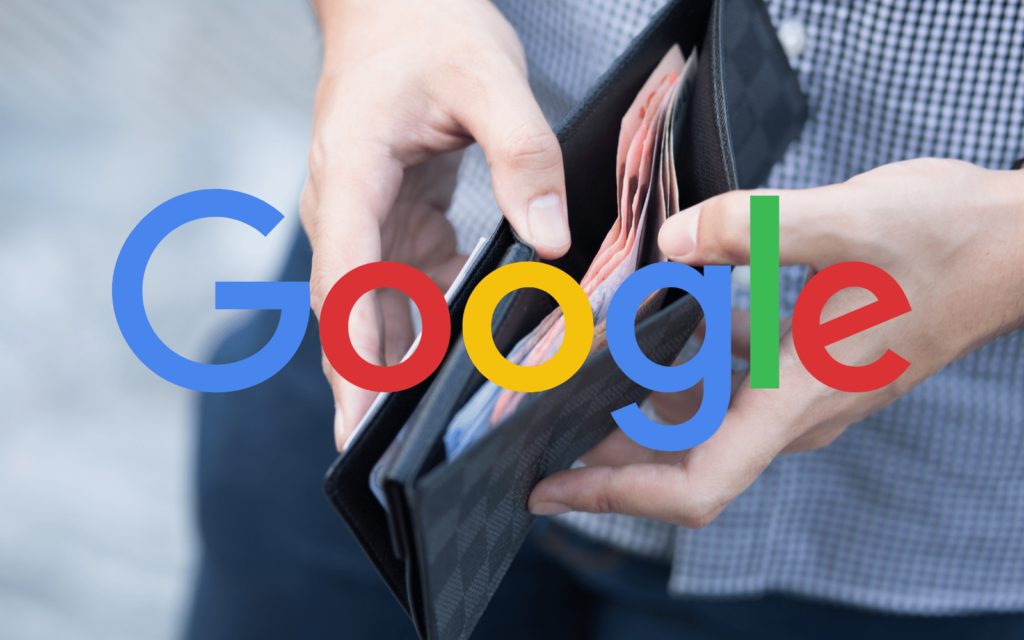When Google introduced a way to sell YouTube video adverts on other websites, it offered its customers a quick way to expand their video adverts’ reach. But Google violated its own service obligations by as much as 80%, according to an explosive new report by research firm Adalytics, which tracks how adverts appear online.
While Google promised advertisers they would “gain up to 20% additional reach for a given budget” and that its video partners would be “high-quality publisher websites and mobile apps”. They weren’t.
A true view of Google’s schemes
Google violates those standards about 80% of the time, says Adalytics. It found ads were placed in “small, muted, automatically-played videos off to the side of a page’s main content, on sites that don’t meet Google’s standards for monetisation, among other violations,” according to The Wall Street Journal, which published the troubling findings last week.
Adalytics analysed data from advertising campaigns that ran from 2020 to 2023 for 1,100 brands. It found that advertisers – including Fortune 500 brands, the US federal government, and many small businesses – “may have been misled for years about Google’s proprietary TrueView skippable in-stream video ads”. This is supposedly a technology which, as the name implies, allows users to skip the ad after watching the first five minutes.
Adalytics says “this misalignment may have cost media buyers up to billions of digital ad dollars, which were ultimately spent on small, muted, out-stream, auto-playing or interstitial video ad units running on independent websites and mobile apps”.
Google describes TrueView as its “proprietary cost-per-view, choice-based ad format that serves on YouTube, millions of apps, and across the web’ and that advertisers only pay “for actual views of their ads, rather than impressions.”
The Google Video Partners service promises that “video partner publishers are carefully vetted and must meet Google’s inventory quality standards” and that “advertisers can gain up to 20% additional reach for a given budget by adding Google video partners to their campaign”. It claims that the “average viewability of video ads using Google video partners is 90%.
But Adalytics’s years-long research uncovered “significant quantities of TrueView skippable in-stream ads, purchased by many different brands and media agencies, appear to have been served on hundreds of thousands of websites and apps in which the consumer experience did not meet Google’s stated quality standards”.
The research firm said one digital advertising professional told it “repackaging shitty, brand-unsafe outstream as instream is a big problem” and “that seems like a fraud”.
Another ad executive, Joshua Lowcock, the global chief media officer at ad agency UM Worldwide, told The Wall Street Journal: “This is an unacceptable breach of trust by YouTube. Google must fix this and fully refund clients for any fraud and impressions that failed to meet Google’s own policies”.
The paper “independently observed invalid ad placements such as those the research identified…. [while] digital ad-buyers and engineers vouched for the research findings”. Google told the paper that the report “makes many claims that are inaccurate and doesn’t reflect how we keep advertisers safe.”
So did Google, as Adalytics – founded by Dr Krzysztof Franaszek – claims “mislead advertisers about TrueView skippable in-stream ads for the past three years?”
Yes, says US advertising executive Bob Hoffman, who is a renowned critic of programmatic advertising – which is the underlying technology that enables this Google video offering.
“Dr Franaszek has written several brilliant reports exposing the corruption and incompetence in the adtech and media buying industries,” Hoffman says of the medical doctor, who has a PhD in computational biology from Cambridge and an MD from Harvard.
“Last year he wrote a report on how billions of ads for major brands meant to run on the website of USA Today ran in the wrong places with no one – not agencies, not [chief marketing officers], not ad verification vendors – noticing a thing.”
More worryingly, he adds that in 2021 Franaszek reported on “Google serving ads on Russia-linked websites after the sites were placed on the US sanctions list”.
Franaszek also told The Register that “Google has not disputed the findings in our core research. The published Adalytics research report mentions the words ‘in-stream’ or ‘out-stream’ 274 times. The published Google response mentions those words zero times.” He added: “The published Adalytics research report mentions the words ‘volume’, ‘muted’, ‘audible’, and ‘sound’ 116 times. Google’s published response makes zero references to sound”.
CheckMyAds, another advertising watchdog organisation, said Google’s explanations contradicted its own policies. “What I found striking about Google’s statement is that [it] insists that advertisers can opt out of Google Video Partners when Google’s own documentation declares the exact opposite,” cofounder Nandini Jammi told the respected tech news website.
As Hoffman says:
“the startling thing about Franaszek’s work is that it is being done by an advertising outsider. The question his findings raise is why it takes one person, usually working alone like Franaszek or like the reporters who cover the ad industry, to uncover the corruption, fraud, and incompetence in our industry while our “leaders” in the [American advertising bodies] ANA and 4As who are supposed to protect advertisers from corruption, and our holding company heads who have thousands of employees and billions in resources, seem to know nothing.”
The answer is clear, he adds. “The advertising industry has become a wholly owned subsidiary of Adtech, International. The ad tech industry has subverted the integrity of the ad industry with years of fraud, corruption and incompetence. But no one dares challenge them.”
- This column was first published on Financial Mail




